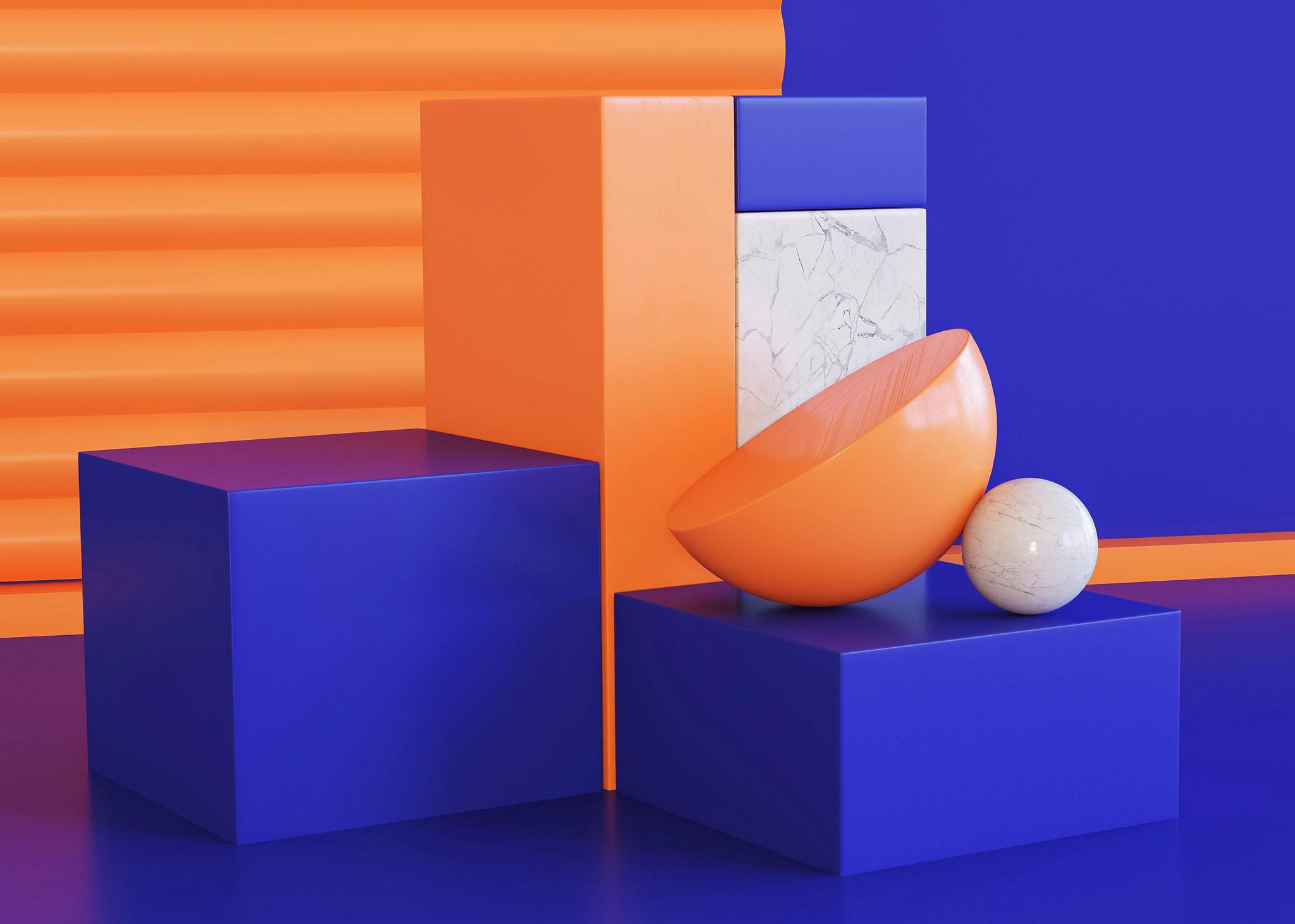Career
UX vs. UI: 8 Differences You Should Know
1st August 2025

UX (User Experience) and UI (User Interface) design are both crucial disciplines in digital product development—but they're often confused. While UX focuses on the overall user experience, UI deals with the design of the user interface. If you're pursuing a career in design, you should be familiar with the differences. Here are 8 key differences between UX and UI you should know:
1. Objective: User Experience vs. Interface
UX design focuses on the overall user experience: How does it feel to use a product? Is it logically structured, efficient, and enjoyable?
UI design, on the other hand, focuses on the external appearance—colors, buttons, fonts, and layouts.
2. Process Orientation: Strategic vs. Visual
UX is a strategic process: It involves user research, information architecture, wireframes, and testing.
UI is more visual-tactical: Layout, color scheme, and typographic details are the focus.
3. Focus on Interaction Depth
UX designers analyze and optimize interactive processes and user journeys.
UI designers design the visible interface that enables these processes.
4. Research and Analysis vs. Design and Implementation
UX design often begins with user research, personas, and usability testing to understand needs.
UI design builds on these insights to create an aesthetic and functional interface.
5. Prototyping & Testing
UX designers create low-fidelity wireframes and clickable prototypes, which are tested and optimized.
UI designers build on these and transform them into high-fidelity designs that showcase the final look and feel.
6. Tools and Methods
UX designers use tools like Figma, Miro, or Adobe XD for prototyping and collaboration.
UI designers work with the same tools but use them more for design systems, layouts, and style guidelines.
7. Collaboration with other roles
UX designers work closely with researchers, product managers, and developers.
UI designers collaborate particularly closely with developers and UX designers to translate designs into working code.
8. Career goals and specialization
UX design is ideal for people interested in psychology, behavior, and problem-solving.
UI design suits creatives who have a flair for design, brand identity, and aesthetics.
Conclusion: UX and UI – two sides of the same coin
Although UX and UI have different focuses, they are closely intertwined. A successful digital product requires both disciplines: well-thought-out user guidance and a clear, appealing interface.
If you'd like to enter the world of UX/UI design, neue fische offers practice-oriented boot camps and courses where you'll learn to understand and apply both roles. You'll develop real projects, learn about current tools, and be optimally prepared for your career entry.
Learn more about our UX/UI design training courses – and find out if you're more of a UX or UI person!

What are you waiting for?
Apply today! Our Student Admissions team is happy to speak with you and answer any unanswered questions.
The first step into your new future has been taken. We have sent you an email to arrange a conversation with you. Please check your email inbox or schedule an interview directly: